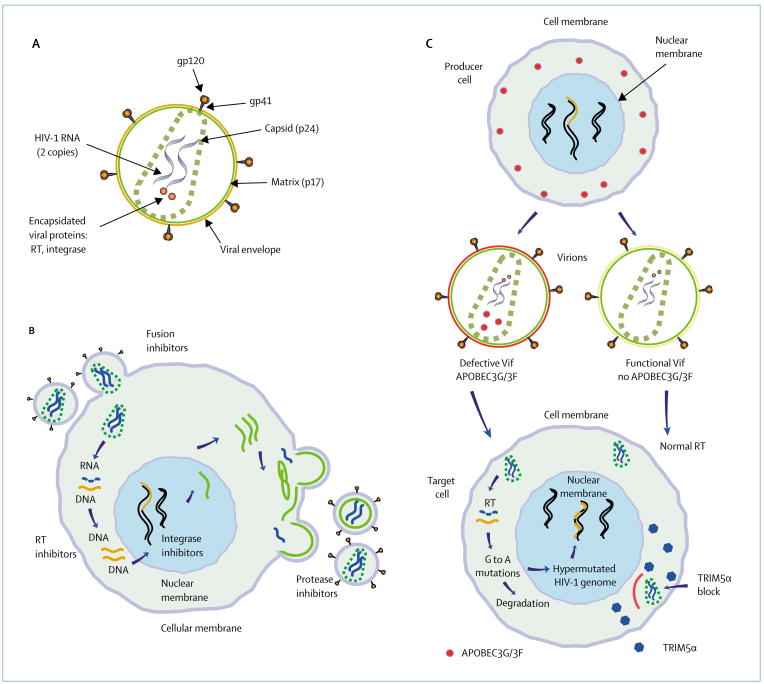Figure 3. HIV-1 is a retrovirus that encodes three structural genes (Gag, Pol, and Env).
(A) Envelope glycoproteins gp120/41 form the spikes on the virion’s surface. During maturation the gag protein is cleaved and Gag p24 forms the core. The viral genome, viral reverse transcriptase (RT), integrase as well as a number of host proteins are encapsidated. (B) Dir erent steps of the viral life cycle on a cellular level and the potential targets for treatment interventions. (C) HIV-1 has evolved strategies to counteract the restriction factors TRIM5α and APOBEC3G/3F. If left unchecked by HIV-1 Vif, APOBEC3G/3F is encapsidated into the egressing virion, and on infection of a target cell leads to G-to-A hypermutations in the viral genome. Rhesus TRIM5α inhibits HIV-1 replication early after infection of the target cell before the step of reverse transcription.

